What is an Architrave?
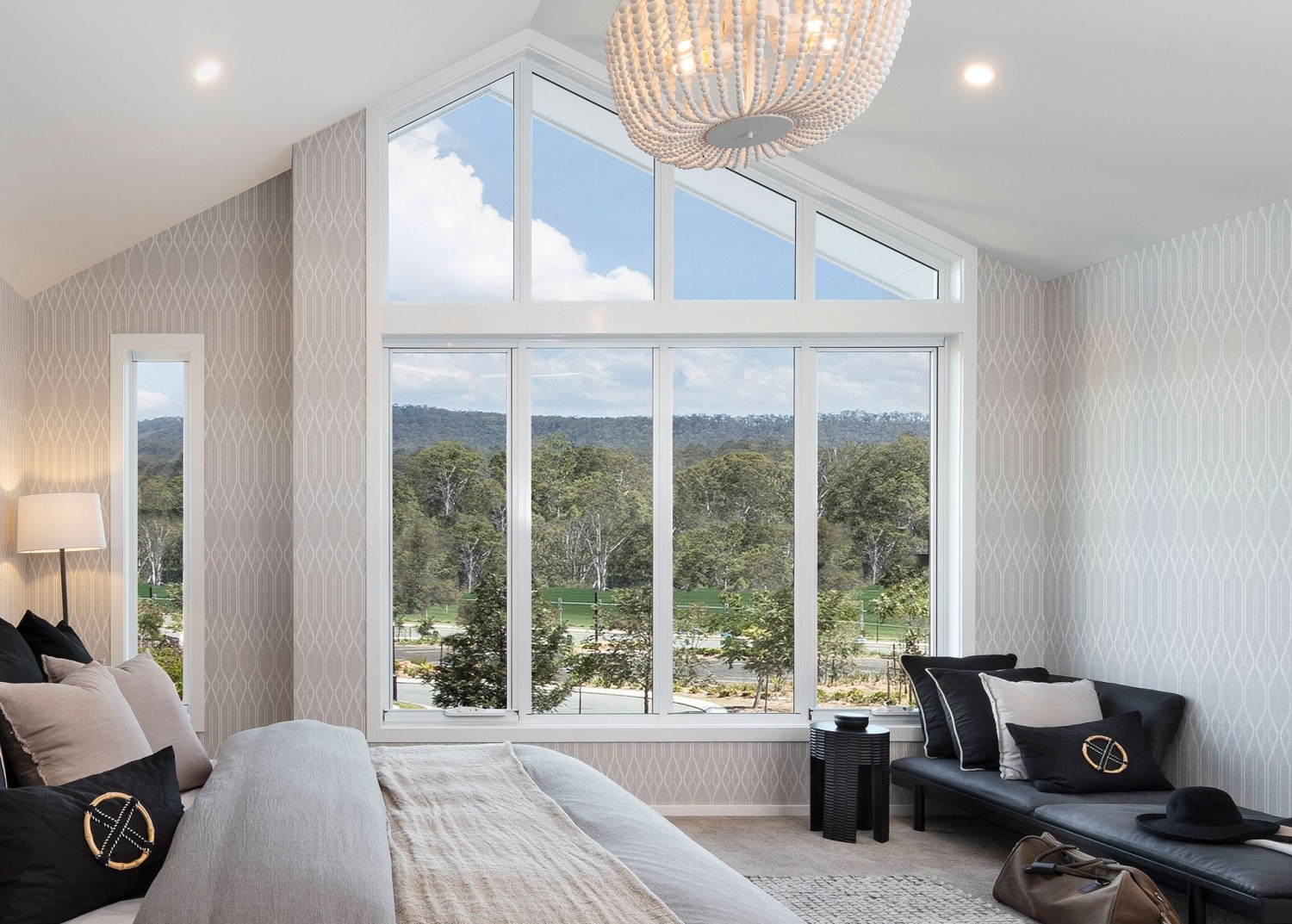
What is an Architrave?
The exciting journey of building your first home is made up of many chapters – so put yourself in the best position by learning some common architectural and interior design terms. In the context of both aesthetics and the overall functionality of your home, architraves play a starring role. But what exactly are they?
Whether you're a first-time home builder or looking to expand your home-construction knowledge, we’ve got some valuable about how choosing the right architraves can help create your dream home.
What is the Purpose of an Architrave?
‘Architrave’ refers to the decorative moulding or trim that surrounds a door or window frame. It has both functional and design purposes, including:
- Aesthetic charm: Architraves are the finishing touch you put on doorways and windows to enhance the overall appearance of a room. They come in all sorts of styles and designs, which means you can choose a look that complements your home’s interior.
- Concealing joints: Architraves are designed to cover the joints where the window or door frame meets the wall. This covers up any gaps or imperfections to leave a neat, polished look.
- Protection: While primarily decorative, architraves also provide some protection around the edges of the door or window frame. They can help prevent wear and tear that may occur over time.
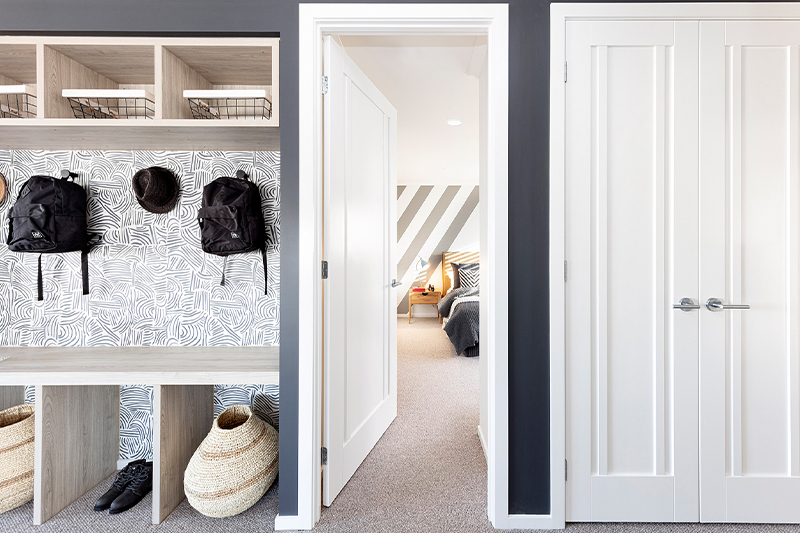
Why are Architraves Important for My New Home?
Despite their ability to ‘hide’ into the interior design, architraves actually play a large part in the overall functionality and design of your new home. Here are four reasons why they are essential:
- Design appeal: Architraves add character and visual appeal to your interiors. They can be customised to match your preferred style, whether it's traditional, modern or something in between.
- Versatility: Architraves come in different profiles, shapes and sizes. You can choose the one that best suits your design tastes and complements the style of your property.
- Hiding imperfections: These decorative trims can hide any gaps or uneven surfaces around doors and windows to give off a more polished finish.
- Personalisation: Architraves are a way you can really get your unique style imprinted on the home design. Select different styles and finishes to create a unique look that matches your taste.
What are Architraves Made From?
They are usually crafted out of materials like timber and MDF, but there are other options as well. Each comes with its own advantages and aesthetic possibilities, so here’s what to expect:
- Timber: Timber architraves are a classic choice. Regarded for its warm qualities and versatility, timber can be stained, painted or left natural to match your interiors.
- MDF (medium-density fibreboard): MDF architraves are cost-effective and can be painted to achieve the look you’re after.
- PVC: PVC architraves are durable and moisture-resistant, making them a great choice for homes in parts of Queensland that experience high humidity, as well as wet areas like bathrooms, laundries and kitchens.
- Plaster: Plaster architraves are often used in more traditional or ornate interior designs.
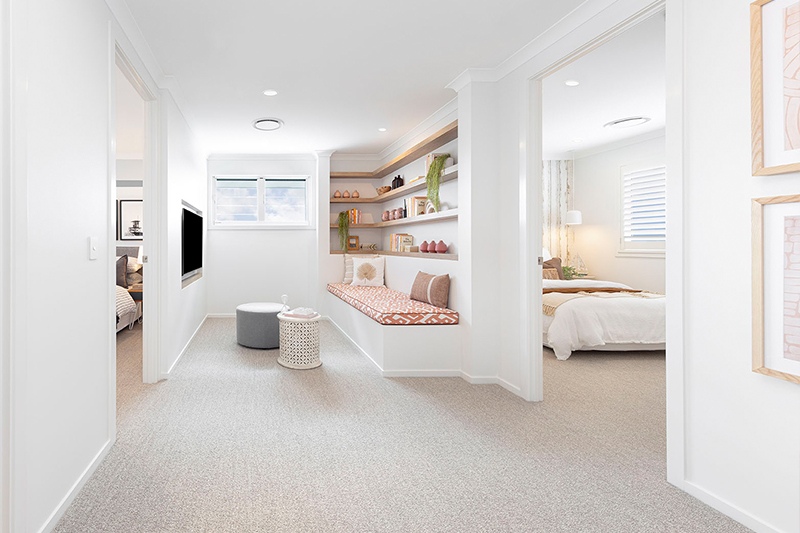
Types of Architraves
Architraves come in many styles and profiles to suit different design aesthetics. Ornate architraves suit Victorian and Art Deco homes, for example, whereas less-decorative architraves are better matches for contemporary home designs. Some common types of architraves include:
- Bullnose: A rounded, convex shape that’s used in traditional or heritage-style homes.
- Square-edge: A simple, straight profile – this versatile choice would suit both modern and classic interiors.
- Colonial: Features decorative detailing and is often used in homes with a colonial or Victorian architectural influence.
- Bevelled: Has a sloping edge that adds depth and character to doors and window frames.
Architraves vs Skirting Boards
While architraves and skirting boards serve a similar purpose in terms of their design and functionality, they are distinct in their locations and applications.
As mentioned earlier, the main difference is that architraves are what’s found around doorways and windows. They frame these openings and provide a decorative finish for your home.
A skirting board, on the other hand – also known as a baseboard – runs along the bottom of interior walls, where they meet the floor. Skirting boards protect the wall from scuff marks and work as something of a ‘transition’ between the wall and floor covering.
Can Architraves Be Used as Skirting?
Architraves with a suitable profile could potentially be used as a skirting board, especially in rooms where you want a more ornate or decorative look. However, it's important to ensure that the dimensions and style of the architrave are appropriate for use as a skirting board.
Should Skirting Boards and Architraves Match?
Whether or not skirting boards and architraves should match will ultimately depend on your design preferences.
Matching your skirting board and architrave in the same colour could deliver a more cohesive and harmonious look. Conversely, using a contrasting skirting board can add visual interest and depth to modern homes. It’s a matter of personal taste and will depend on the overall design you want to achieve.
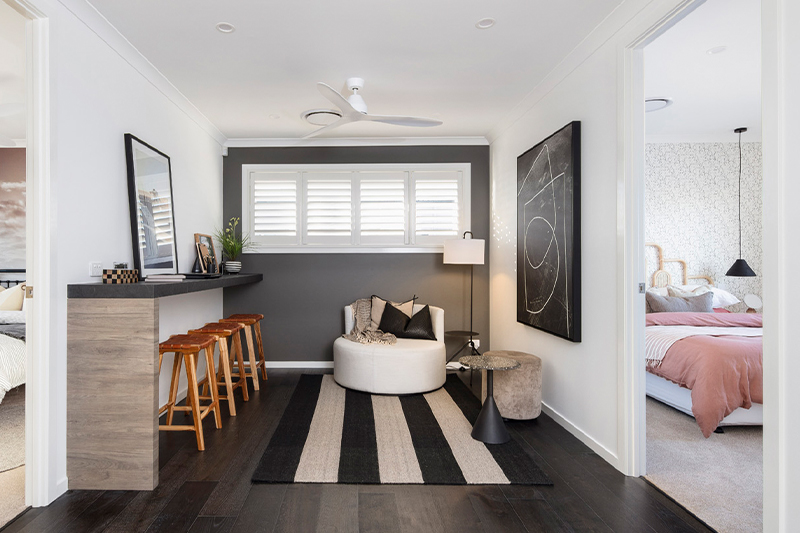
How to Paint Architraves
A fresh coat of paint can breathe new life into architraves and keep them looking their very best. Here's a brief five-step guide on how to paint architraves:
- Start by cleaning the architraves to remove any dust or dirt.
- Sand the surface lightly for a smooth finish.
- Apply a suitable primer first.
- Paint the architraves in your colour of choice, using even brush strokes.
- Let the paint dry thoroughly before applying a second coat (if necessary).
How to Replace Architraves
If you're thinking about replacing old or damaged architraves, you don’t need to be an expert builder or even know how to read a floor plan.
You’ll just need a bit of DIY skill and the proper safety precautions in place by carefully removing the existing architraves using a pry bar or chisel. Next, measure and cut the new architraves to fit precisely – as the saying goes, it’s a good idea to measure twice and cut once.
Now it’s time to apply an adhesive to the back of the architrave and press it into place. Make sure to secure the architrave with nails or screws. Then you’ll just need to fill any gaps or holes with wood filler, sand the surface, and paint as desired.
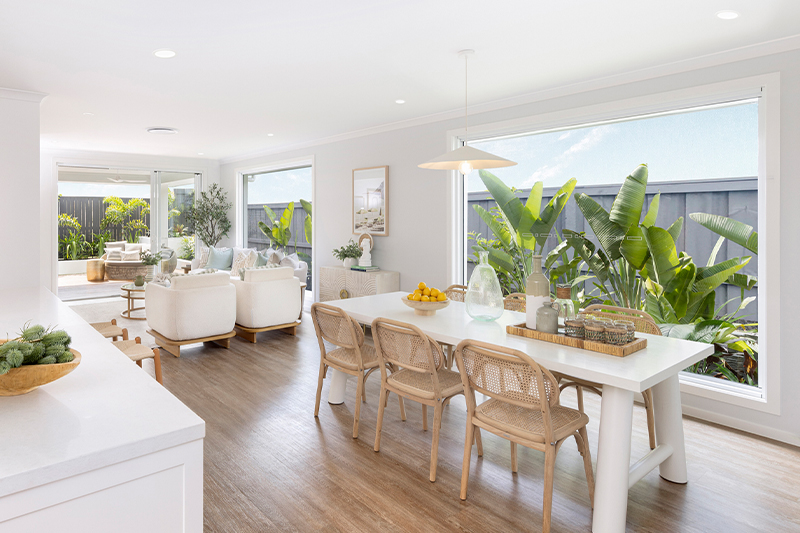
Building Your Dream Home with Brighton Homes
Architraves aren’t just functional trimmings – they are an essential inclusion that will contribute to the overall design of your new home. Whether you want a coastal, modern or heritage style, architraves will frame your doorways and windows beautifully while concealing any imperfections.
Contact the Brighton Homes team today to find out just how committed we are to helping you achieve your dream home. From selecting the perfect finishes to complement your unique vision, to matching that style throughout the rest of your home, our experts can design and build a home that turns your dreams into reality.
